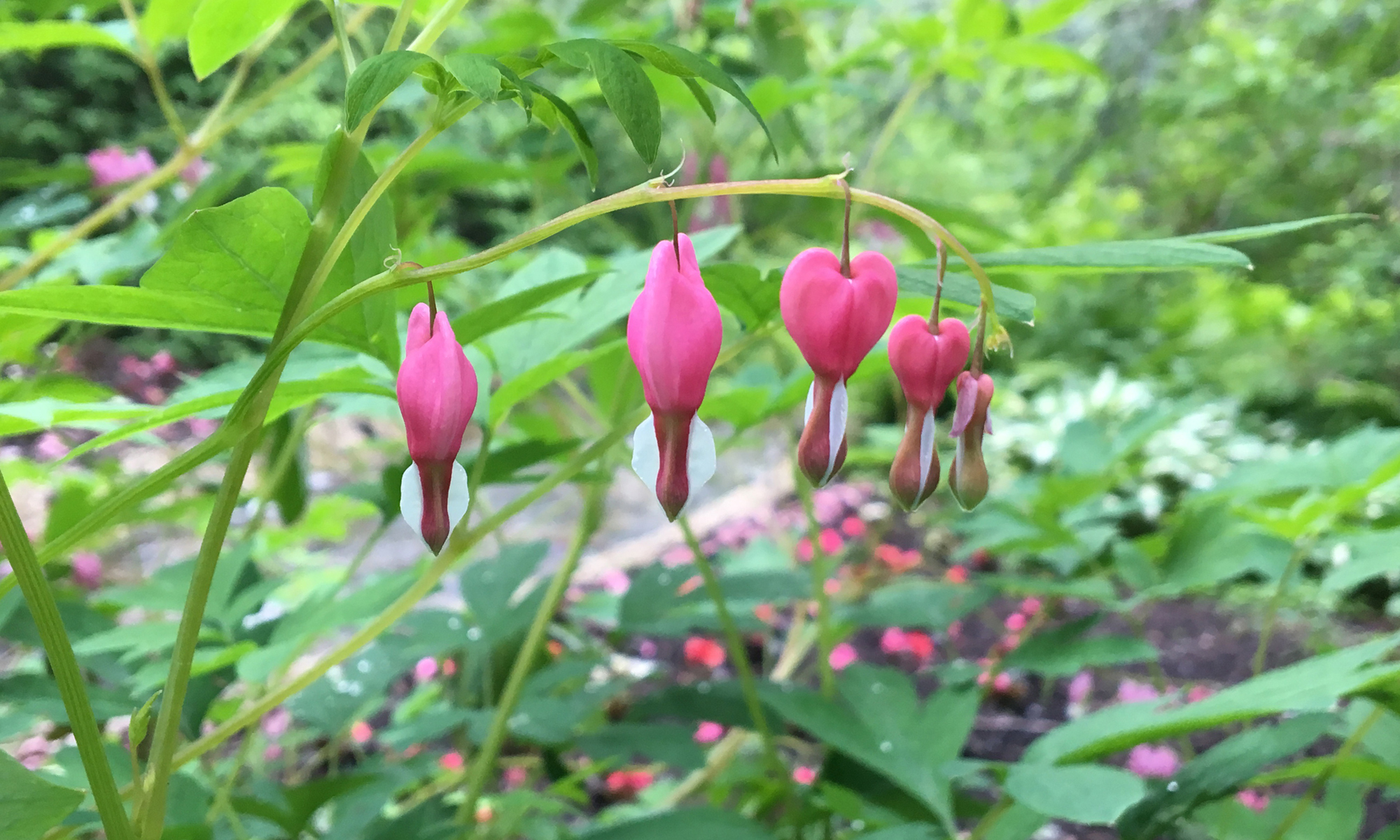The Gospel of Carol is not the book you read if you’re looking for a Church’s preferred edition of the Bible. It’s the book you read if you’re looking for a tired-of-the-Churches’-patriarchy-bullshit version of the Bible. It’s the book you read if you want to imagine that the aprocryphal gospels and books of the Bible might have had some interesting things to say. It’s the book you read if the idea that Jesus was one of a set of triplets, his brother Thomas was mute, and his sister Carol was the one with the T1 line of power and mystery coming straight from Heaven plugged into her brain makes you go “huh, how would that go down exactly?”.
It’s the kind of book you read if you’ve ever wondered what it would have been like to know to the second how long it was until the time of your death on the cross.
At the same time, it certainly doesn’t take itself too seriously — Carol not only wanders the earth looking for answers, but also annoys the Greek gods, kicks Lucifer out of heaven for waking her up too early, turns water into wine pretty much every chance she gets, and as a child gets revenge on a town by making everyone pee themselves. Constantly.
The chapter introductions make it clear how much research Troutman did to put together this view of the Son/Daughter of God, including referencing which apocryphal books he read and when he deviated from source material altogether. This isn’t someone’s half-dreamed Bible fanfic tossed together in a Sunday afternoon, this is someone’s well-thought-out, researched, structured, and analyzed Bible fanfic spanning sources from pop-culture references to Dante’s inferno to the canonical four gospels to the Infancy Gospel of James.
The art is crisp and clear and, while occasionally it can be confusing which woman with shiny hair is which, the distinctiveness of the characters’ voices, coupled with the visual cues and context clues, make this black-and-white graphic novel both readable and enjoyable.
The character of Carol grew out of Troutman’s Lit Brick series of comics, where she was initially named She-Jesus and came in as a substitute for any time a piece of literature was referencing her brother. The paperback edition includes a number of Kickstarter shorts available only in the book, a sampling of the Lit Brick comics that launched Carol as a character, as well as a solid and fantastic essay by Wednesday Burns-White “If Veggies Tire You, What Would Triplets Do? Carol of Nazareth’s Position Within Christian Mass Media”. Burns-White looks at the Christian mass-media influences on 1990s kids in North America and how various shows from Mister Rogers to Veggie Tales and beyond, weaving together how our generation is comfortable both consuming media and talking back to it, and how Troutman’s Gospel of Carol does both.
All in all, definitely one I’m glad I bought.

